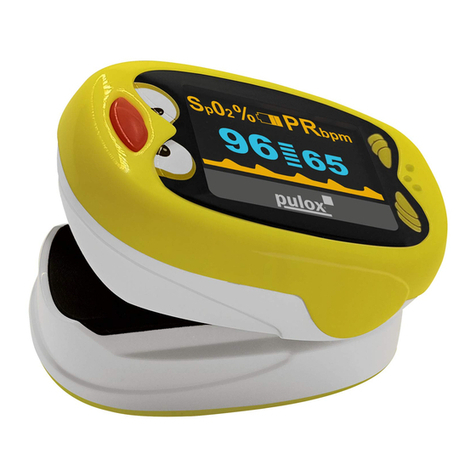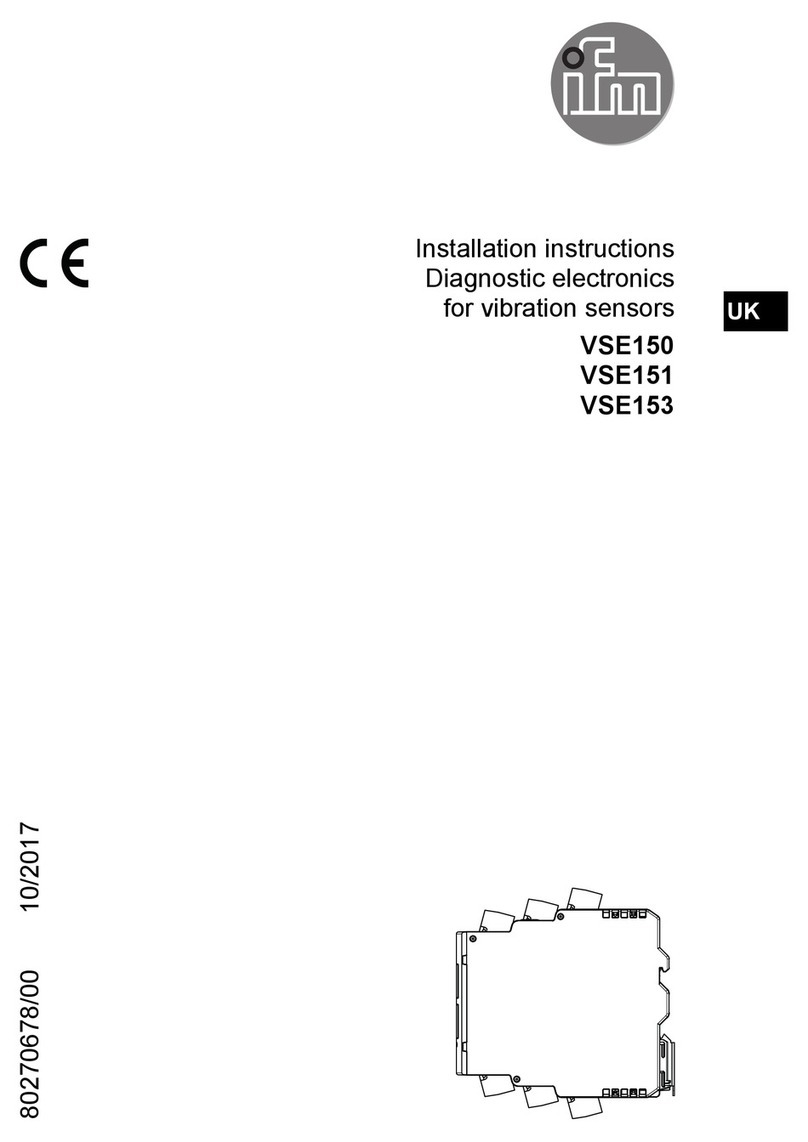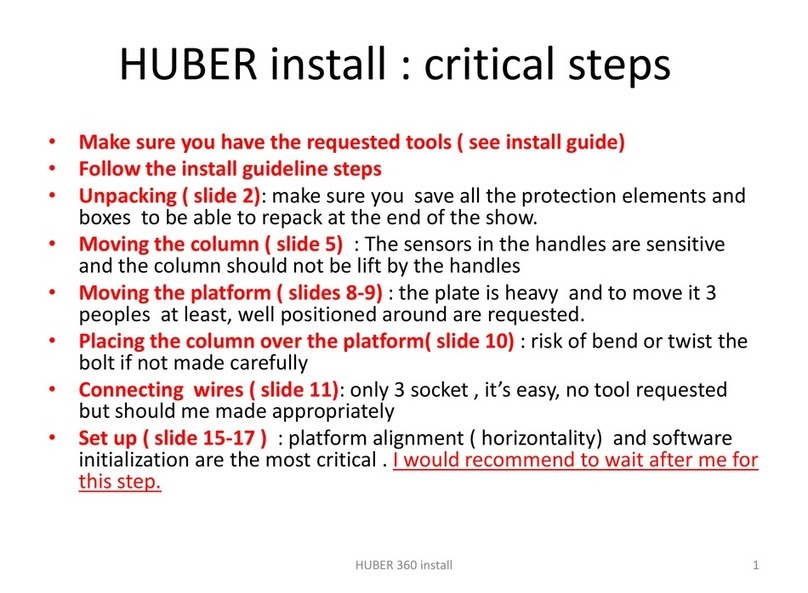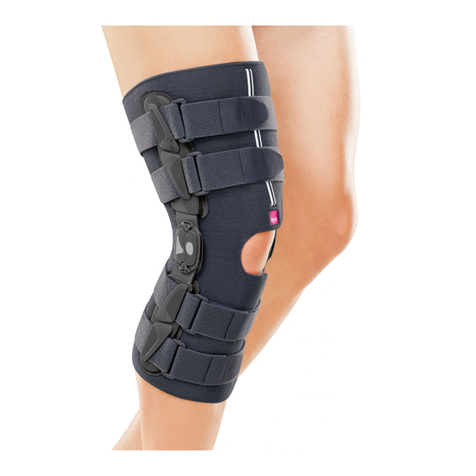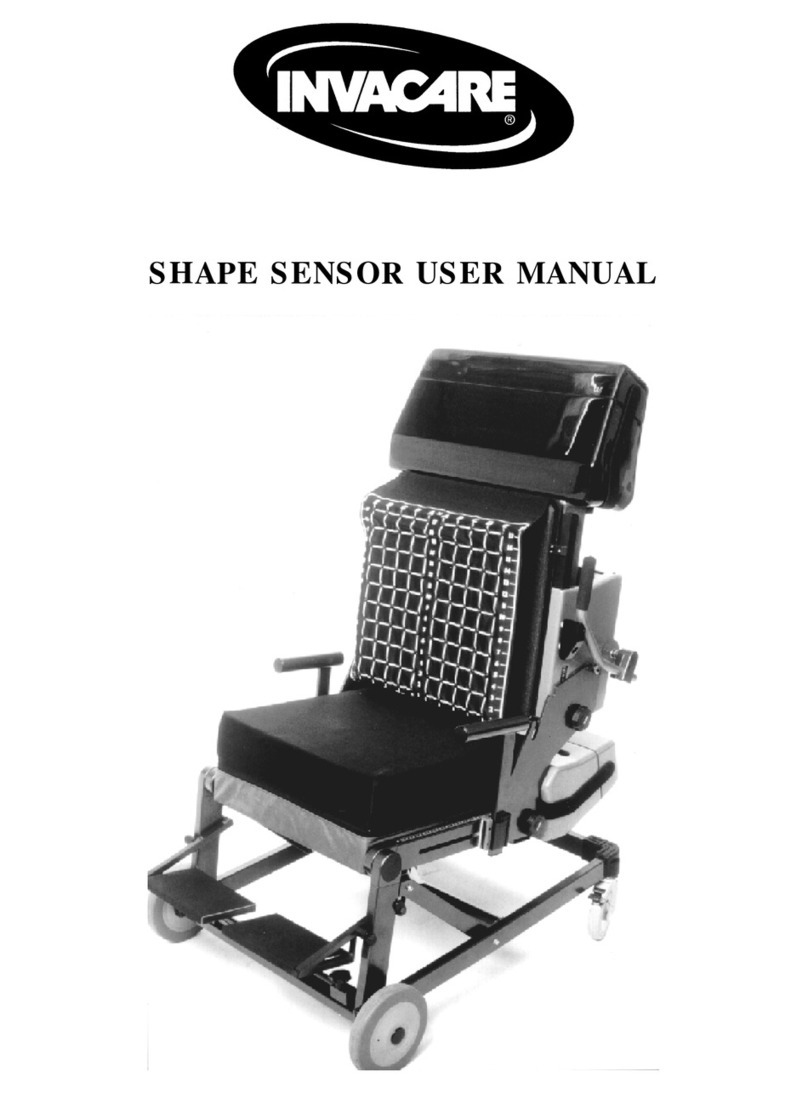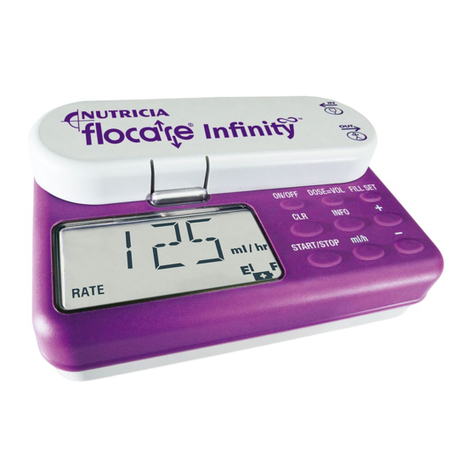Neurogymtech E-EW-A-1 User manual

MANUAL
THE EXERCISE
WHEELCHAIR
Neurogym Technologies Inc. 2017 | 100-1050 Morrison Drive, Ottawa, ON, Canada | neurogymtech.com
Movement-Enabling Rehab Equipment

FOR SERVICE OR PART INFORMATION CALL:
+ 1.877.523.4148 | 100-1050 Morrison Drive, Ottawa, Ontario, Canada, K2H 8K7
?

TABLE OF
CONTENTS
UNPACKING INSTRUCTIONS ............................................................................04
PRODUCT OVERVIEW ....................................................................................04
SPECIFICATIONS ..........................................................................................04
BENEFITS ...................................................................................................04
LIST OF PRECAUTIONS FOR THE EXERCISE WHEELCHAIR .......................................05
IDENTIFYING THE PARTS OF THE EXERCISE WHEELCHAIR ...................................... 06
INSTRUCTIONS FOR USE ...............................................................................08
MAINTENANCE ............................................................................................12
OTHER NEUROGYM®TECHNOLOGIES PRODUCTS ..............................................13

04
UNPACKING INSTRUCTIONS
The Exercise Wheelchair is shipped fully assembled on a 4’x4’ skid. Remove the protective wrapping
and it is ready to use.
PRODUCT OVERVIEW
The NeuroGym®Exercise Wheelchair converts from a standard wheelchair into a variable resistance
exion and extension exercise machine for the trunk and lower extremities. By releasing a switch,
the wheelchair seat, backrest or both can be enabled to allow for exion and extension exercises
of trunk, hips and knees. A special footrest apparatus, which is stored under the seat, pulls out
smoothly for use in exercise and folds back up easily so that it does not interfere with standard
use of the wheelchair.
Visit www.neurogymtech.com to access Application notes and training videos
SPECIFICATIONS
•US Patent No.: US 7,569,002 B2
•MODEL # E-EW-A-1
•Medline K4 Model MDS806500PLUS
•Seat width 20”, seat depth 18”, seat height 18”
•Seat to oor height range 15”-20 ½
•Max weight capacity 350 lbs
•Weighs 90 lbs
BENEFITS
• Allows for effective functional strengthening of trunk and lower extremities – critical antigravity
muscles for stabilizing posture and enabling standing and transfers. Improved trunk strength
also allows for improved ability to turn over in bed more independently.
•Can be used to improve endurance in weak, wheelchair-bound users
•Doubles as a comfortable wheelchair

05
LIST OF PRECAUTIONS FOR THE EXERCISE WHEELCHAIR:
1. Always ensure the wheelchair brakes are securely engaged before using the chair for exercise.
When pulling out the leg mechanism, make sure to grasp the end of the mechanism near the
front of the seat (see pictures below – do not reach under the seat to grab the inside of the leg
mechanism).
2. When locking/unlocking the chair back/seat mechanism, do so by pressing the lever down or
pulling it up from the end closest to the seat back cushion.
3. During exercise, user should keep hands on arm supports or resting on the lap – away from
moving parts.
4. Do not exceed full (180 degrees) trunk extension; it is recommended to gradually increase the
exercise range until full extension is achieved.
5. Do not extend the neck past neutral during the extension phase.
6. The user may require assistance to pull out and set up the sliding leg mechanism; if user is
attempting to do so independently, ensure user is securely fastened in chair with seatbelt.
7. Discontinue the exercise and consult a physician if sharp pain or discomfort is experienced.
8. Consult with a Registered Physical Therapist before using the Exercise Wheelchair with
individuals who have a high degree of trunk and lower limb spasticity.
IMPORTANT
Read all instructions and precautions prior to using the Exercise Wheelchair
!

IDENTIFYING THE PARTS OF THE EXERCISE WHEELCHAIR:
06
Exercise Wheelchair in
Regular Mode
Exercise Wheelchair in
Exercise Mode
Rear Bungee
Cord
Sliding Leg Mechanism in
Stored Position
Safety Wheels Slot for Attaching
Carabiner

07
Back Seat Cushion
Chair Back / Seat
Locking Lever
Seat Cushion
Wheelchair Brake
Foot Plates
Velcro Straps
Sliding Leg
Mechanism
Bungee Cord
Caribiner

08
4. Pull leg mechanism out fully until it rests on the ground in-front of the chair.
INSTRUCTIONS FOR USE
A. GETTING STARTED
1. Ensure that the Exercise Wheelchair (WC) brakes are securely engaged.
2. Transfer user to the Exercise Wheelchair (WC) or, if already seated on the WC, remove legs
from foot supports and rotate supports sideways (or remove foot supports).
3. Have user part knees slightly. Grasp sliding leg mechanism at front as shown below. Take care
to grasp the front of the mechanism. Do not reach underneath/further under the chair.

09
5. Grasp the posterior heel notch of the foot plate and slowly guide the collapsed arm of the leg
mechanism from under the seat. Note that it may be necessary to tilt the foot plates slightly so
they clear the under side of the seat.
6. Disconnect the carabiner, to which the bungee cords are attached, from the lower ring on the
moving arm, and connect it to the slot at the front of the seat cushion.

10
7. Lift foot-plates with one hand and mount user’s legs, one at a time, on the foot plates. Secure
Velcro straps over the feet.
8. For leg exercises only, do not unlock the chair back/seat locking levers. The chair is now ready
for performing isolated leg exercises.
9. To perform trunk exercises in addition to hip and knee exion, the 2 chair back/seat locking
levers located on the back of the chair behind the user’s shoulders must be released.
B. EXERCISING
•Ensure that the Exercise Wheelchair (WC) brakes are securely engaged.
•Simultaneously push legs forward (extension of knees and hips) and trunk back (extension).
Begin with limited range movement to get a feel for the movement and resistance.
•Reverse direction by exing the trunk and lower extremities. Ensure that the user attempts to
return all the way to full sitting position.

11
•If resistance for either trunk or legs is not satisfactory, change it by removing/adding bungees
as needed to decrease/increase resistance. Make sure to secure the chairback/seat locking
levers when changing the bungee cords.
•Always begin with slow movements and attempt to resume original sitting position with
each exion.
•Progress range and speed of movement as suggested by instructor/ trainer; remove hands
from arm support as an additional step up in exercise progression.
C. ADDITIONAL EXERCISE OPTIONS
•To target legs alone, secure both chair back/seat locking levers, then train one or both legs at
the range, level of resistance and speed desired. To better enable hip exion, add additional
bungee cords.
•Trunk exion/extension exercises can be performed alone without engaging the sliding leg
mechanism. With the original wheelchair foot plates in place, the chair back/seat locking levers
can be released and trunk exion and extension exercises performed with the feet remaining
on the original wheelchair footplates. In the absence of original footplates, a low stool can be
placed in front of the user on which to rest the feet. To vary the pace or speed sensitivity of the
exercise, music or biofeedback video games may be added (a sensor on the back rest would
best detect the motion).
•To add a level of difculty to trunk extension, an elastic band could be used to involve scapular
retraction (via horizontal abduction of the arms).

12
D. TUCKING LEG MECHANISM BACK UNDER WHEELCHAIR
•Remove user’s legs from Foot Plates and place on ground.
•Detach resistance bungee from notch at the front of the seat by unattaching the carabiner and
reattach the carabiner to the loop on the moving arm.
•Collapse foot plates and lateral arm of sliding leg mechanism in the direction of the chair, then
grasp the base from the ground and slowly slide it back onto track under the wheelchair. Note
that the foot plates may need to be tilted slightly to t under the chair.
•Caution: hold the sliding leg mechanism only as indicated. Do not reach under WC to adjust
the position. If the apparatus does not slide smoothly, pull it back out to adjust the angle
slightly, then try again.
MAINTENANCE
•Use disinfectant wipes or spray to clean the exercise wheelchair after use.
•The metal frame and sliding leg mechanism should be kept clean and free from dust or dirt.
•Inspect bungees for signs of thinning or fraying. Replacement bungees are available from
NeuroGym Technologies Inc.

SIT-TO-STAND TRAINER
Actively assist the standing motion with support at the knee, trunk and arms to promote
early mobility. The NeuroGym®Sit-to-Stand Trainer uses a counter-weight mechanism
to provide a safe and effective way to strengthen weight-bearing muscles and increase
standing stability and endurance.
PENDULUM STEPPER
The NeuroGym®Pendulum Stepper is a self-assisted trainer of reciprocal stepping designed
to specically target the antigravity muscles that are so important for maintaining balance
and gait. Even in individuals with signicant muscle weakness, it is designed to make
improving the strength and endurance of the stepping motion simple and convenient.
BUNGEE MOBILITY TRAINER
The NeuroGym®Bungee Mobility Trainer is a versatile body weight support mechanism
enabling safe, intensive motor retraining. The unique patented design enables the
re-training of gait and natural protective reactions by counteracting loss of stability
as naturally as possible. Comparable to a pool environment in terms of support, the
Bungee Mobility Trainer allows graduated weight bearing while normal protective
reactions such as sidestepping are re-developed. The Bungee Mobility Trainer provides
graduated support from underneath, rather than a harness mechanism that provides
the support from above. Supporting the patient from above does not allow this
‘natural’ graduated support, particularly upon loss of balance. The Bungee Mobility
Trainerenables more realistic safe practice of gait, and most importantly, the protective
reactions necessary to prevent falls.
ANKLE TRAINER
Strengthen paretic, sprained or post-surgical ankles by isolating and training targeted
muscle groups through a complete range of motion. The NeuroGym®Ankle Trainer is a
lightweight, portable device with an axle and foot platform that can be locked into place. This
unique design permits training in dorsiexion, plantar exion, inversion, eversion, internal
and external rotation—motions that are difcult to isolate and specically strengthen.
NEUROGYM®™ TIMTRAINER
The NeuroGym®TIMTrainer creates an engaging and motivational environment for re-
learning motor abilities using a combination of camera-captured movement technology
and NeuroGym®’s patented computer algorithms for movement training. The location
of coloured sensors held by or attached to the user is recorded by the camera and
interfaced with computer games. Desired movements such as reaching, standing up
from a seated position, weight shifting or stepping can then control a computer game.
The range, speed and general complexity of the game can be changed to allow for the
user’s ability and progress. Three games are included: Ski, Pong and Pinch.
OTHER NEUROGYM®PRODUCTS
13

FOR SERVICE OR PART INFORMATION CALL:
+ 1.877.523.4148 | 100-1050 Morrison Drive, Ottawa, Ontario, Canada, K2H 8K7
?

15

16
100-1050 Morrison Drive, Ottawa, Ontario, Canada, K2H 8K7 | TF: 1.877.523.4148
neurogymtech.com
© NeuroGym® Technologies Inc. 2017
NEUROGYM, NEUROGYMREHAB, NEUROGYMTECH, NEUROGYMFIT, and CLINIQUENEUROGYM are trademarks or registered trademarks of Neuromuscular Gain Inc.
Table of contents
Popular Medical Equipment manuals by other brands
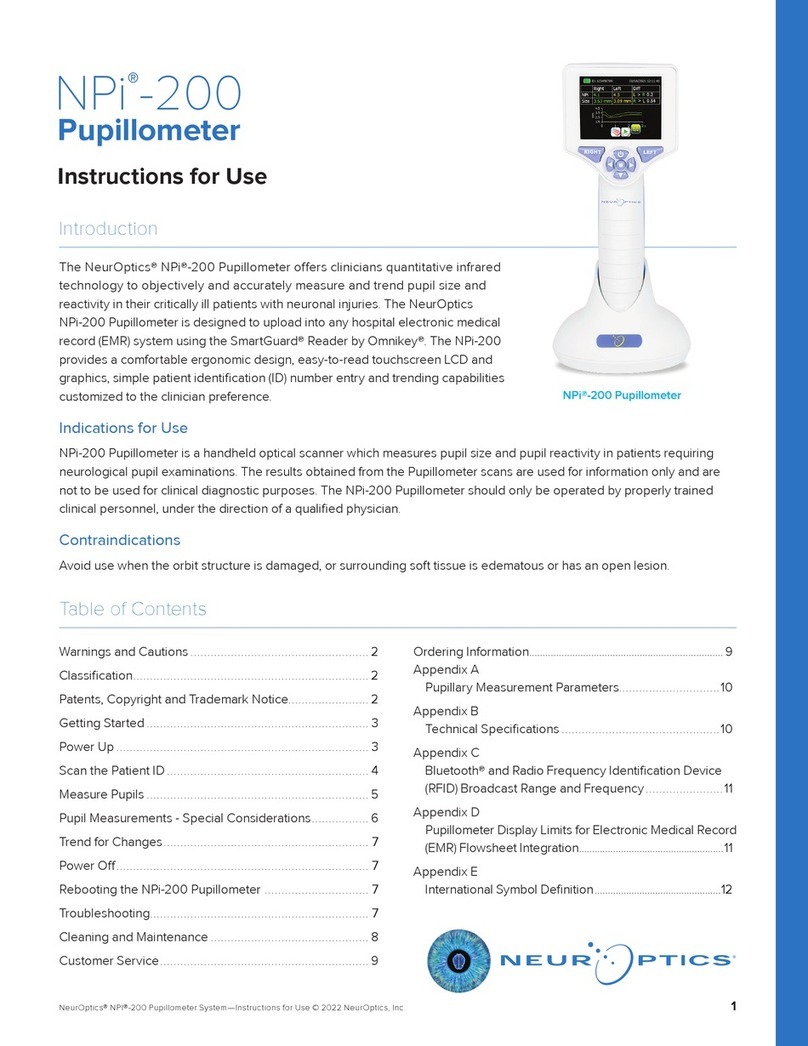
NeurOptics
NeurOptics NPi-200 Instructions for use
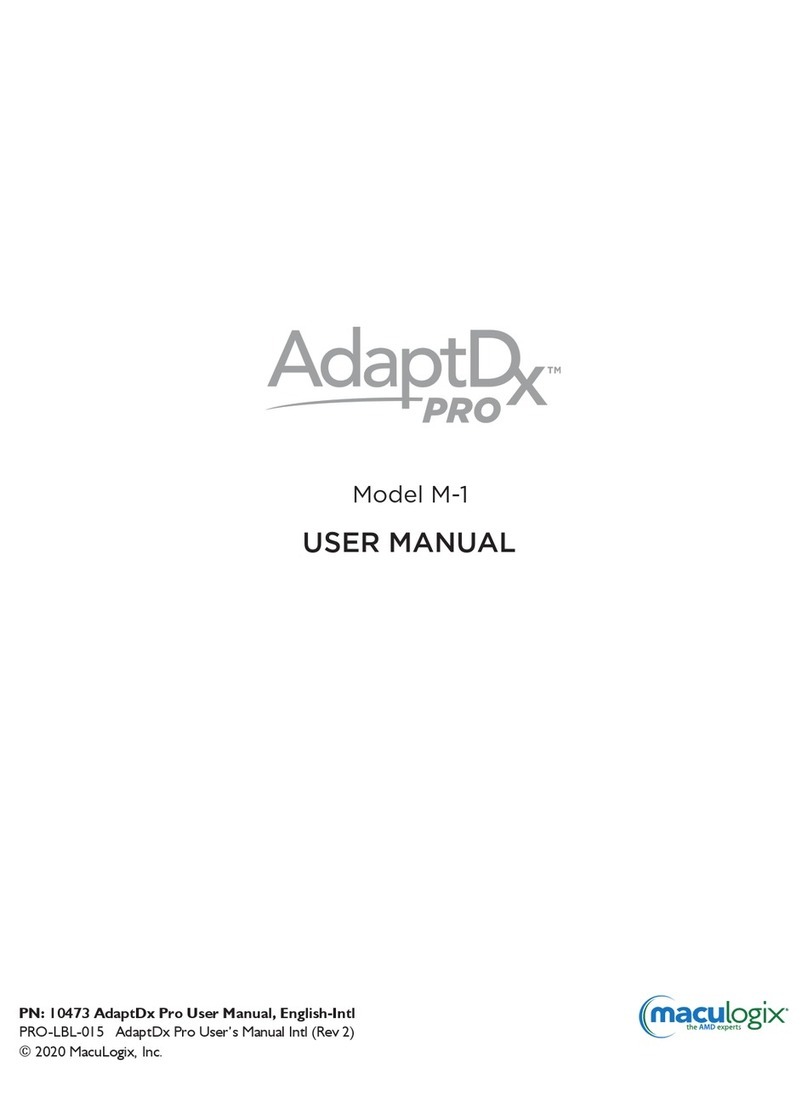
MacuLogix
MacuLogix AdaptDx Pro M-1 user manual
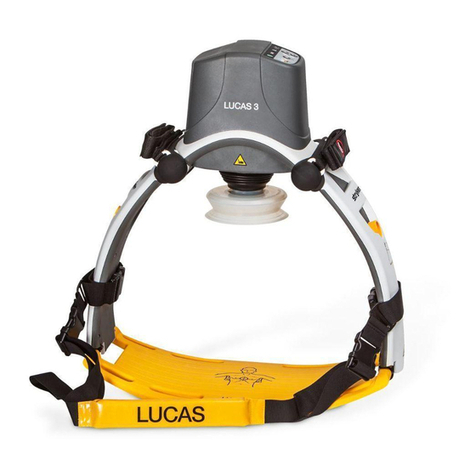
Stryker
Stryker LUCAS 3 Standard operating procedure
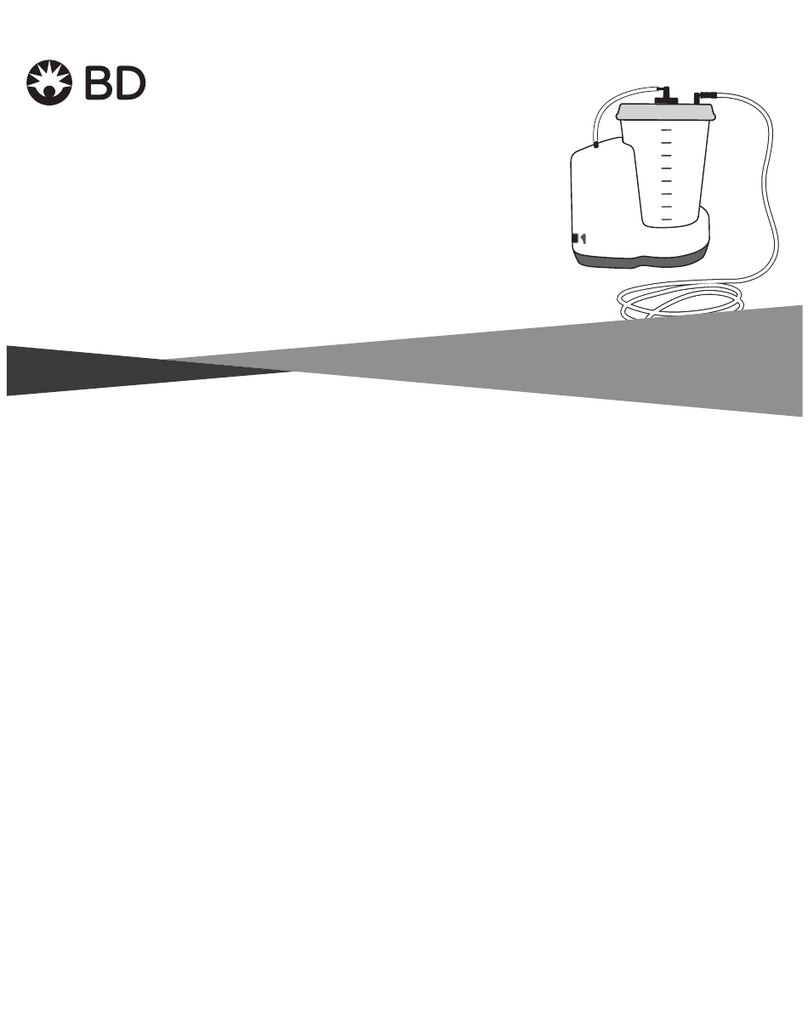
BD
BD PureWick PW200E User's guide and warranty

inhealth
inhealth Blom-Singer ElectroLarynx Directions for use

Invacare
Invacare 1163237 Assembly, installation and operating instructions
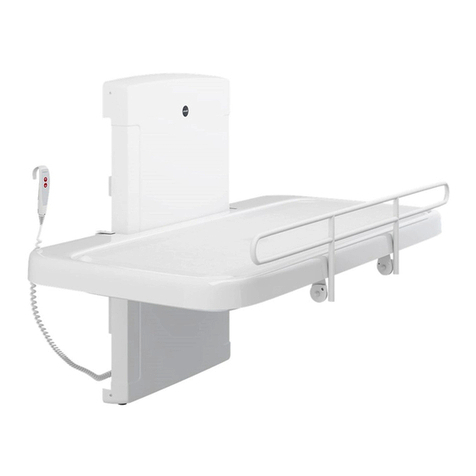
Pressalit Care
Pressalit Care R8468 Operation and maintenance manual
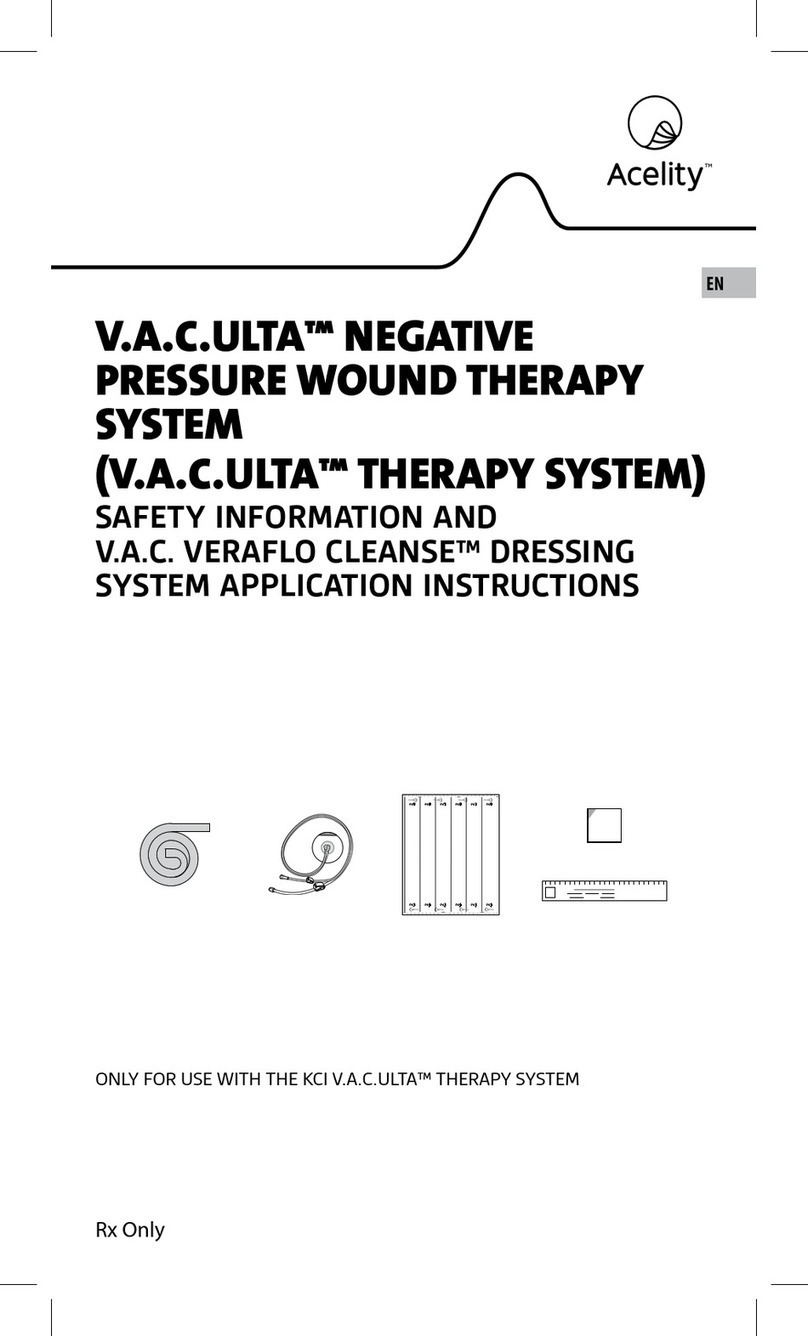
Acelity
Acelity V.A.C.ULTA Safety information and application instructions
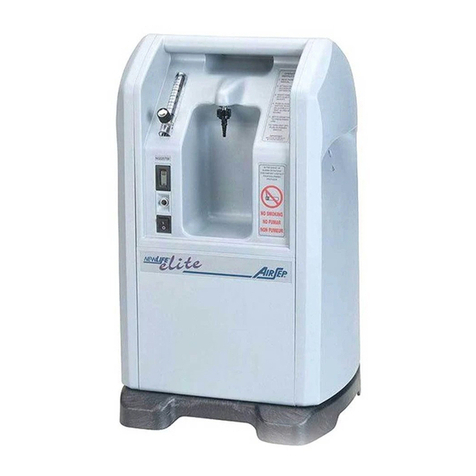
AirSep
AirSep NewLife Elite Patient manual
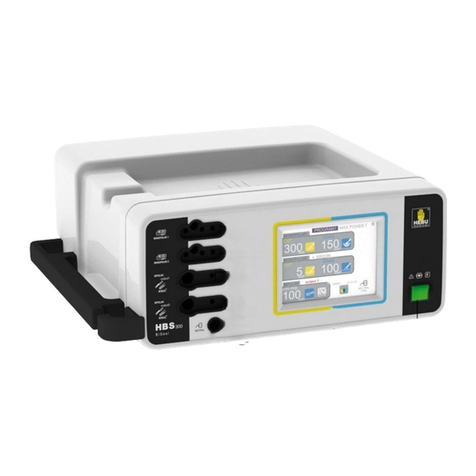
HEBU medical
HEBU medical HBS x-touch 300 BiSeal operating manual
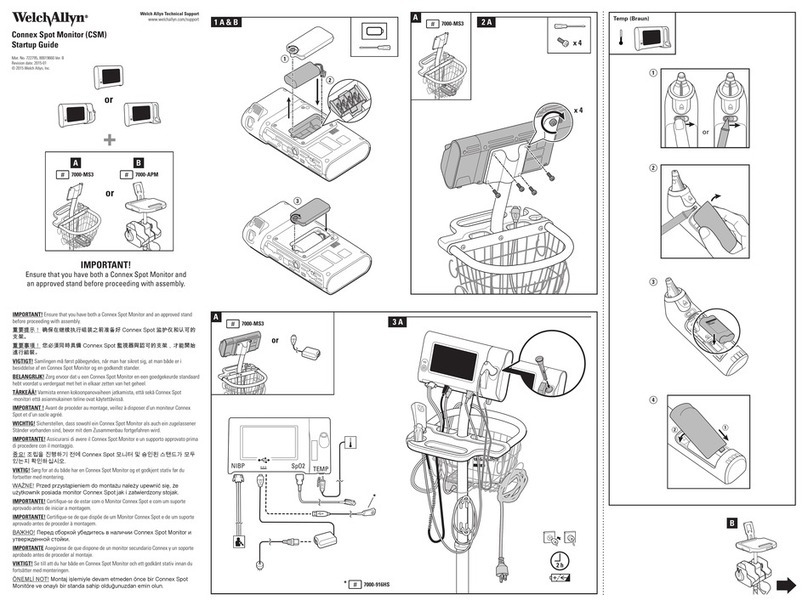
Welch Allyn
Welch Allyn Connex Spot Monitor Startup guide
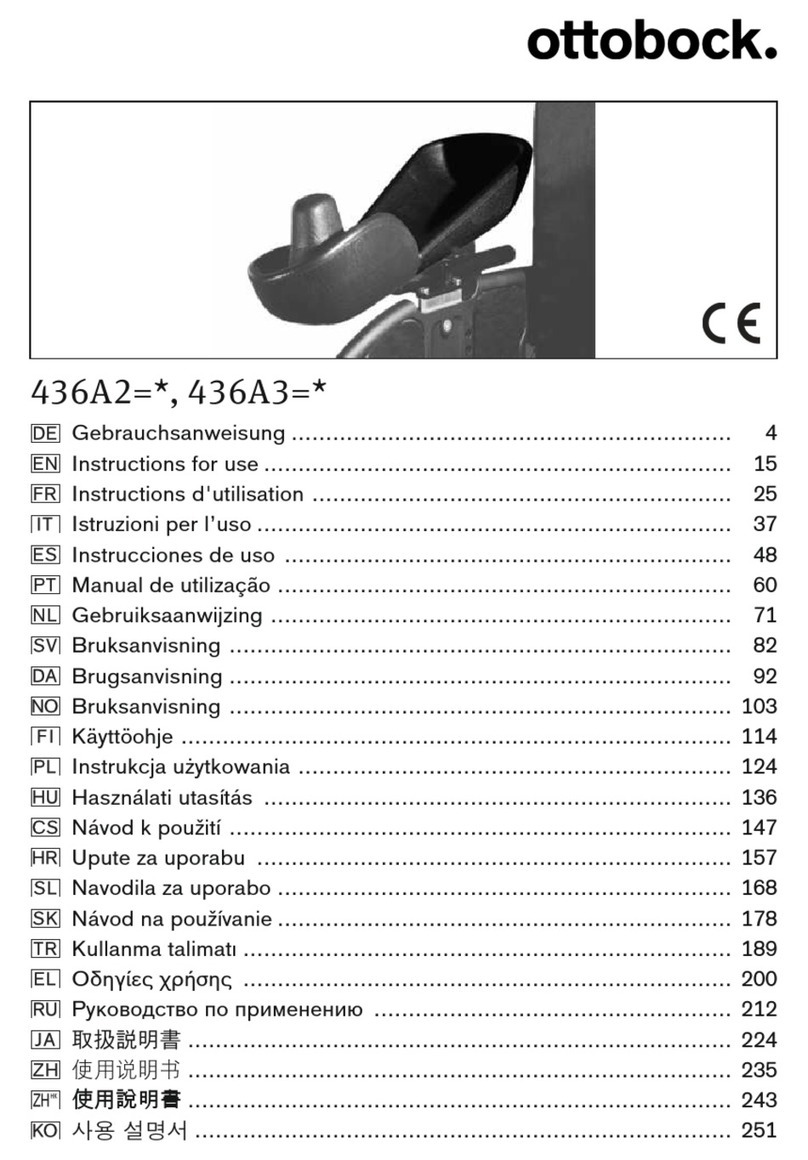
Otto Bock
Otto Bock 436A2 Series Instructions for use
